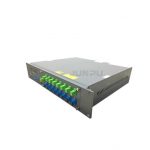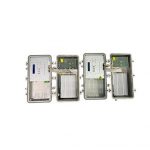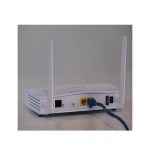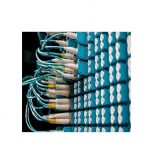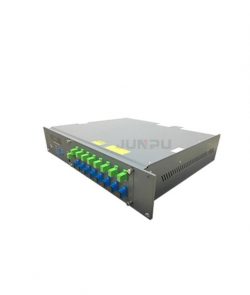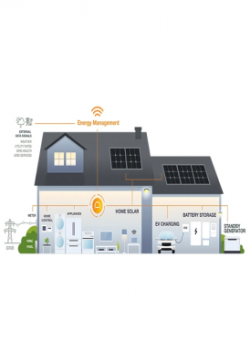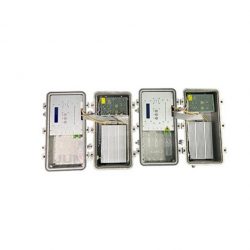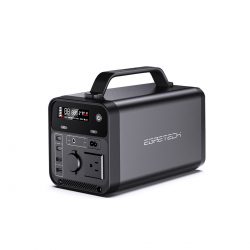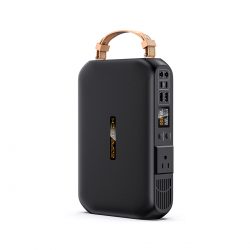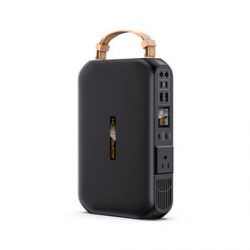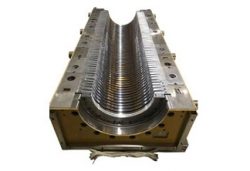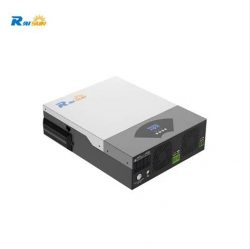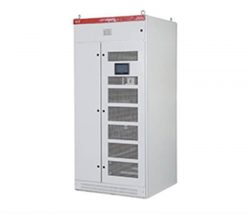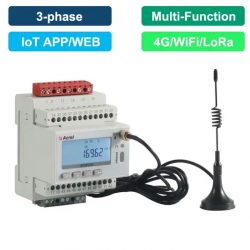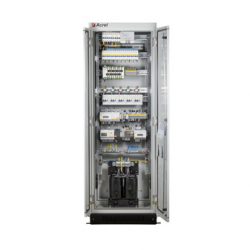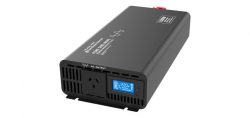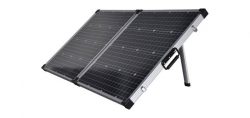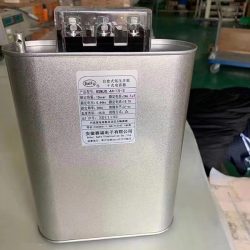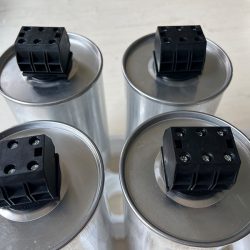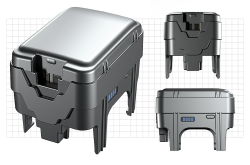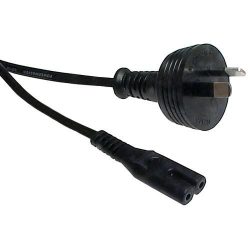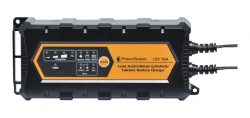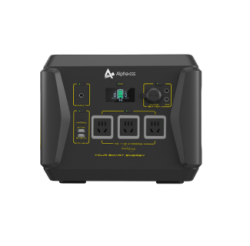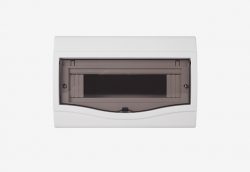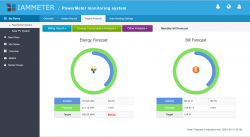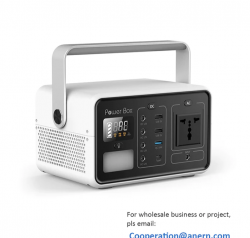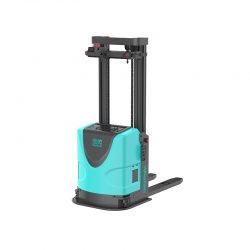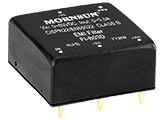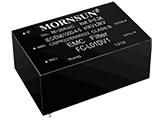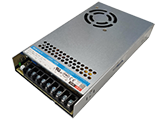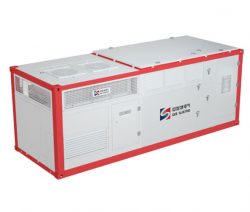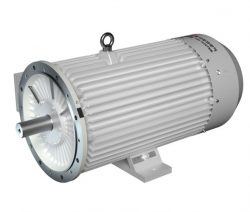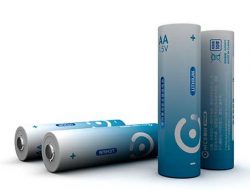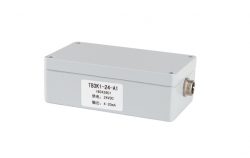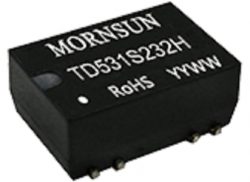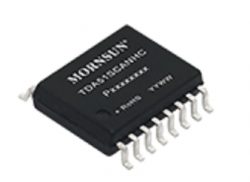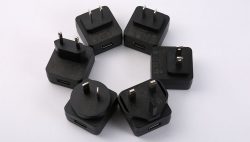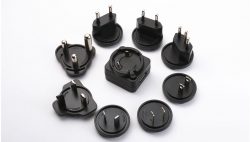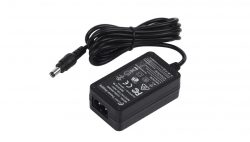EDFA WDM PON
JP08XXEAP (2RU) series is a low noise, high performance, FTTP high power, multi-ports optical amplifier with gain spectrum band within 1540~1565nm. Each output port for optical amplifier has built-in well-performed CWDM. Every external up-link optical port of optical amplifier can connect with OLT PON port very conveniently. Each 1550nm (CATV)’s output optical port multiplex 1310/1490n’s data stream, in order to reduce the quantity of the component and improve the index and reliability of the system.
JP08XXEAP edfa booster amplifier can be compatible with any FTTx PON Technology. It offers a flexible and low-cost solution for three-network integration and Fiber to the Home.
JP08XXEAP LCD at the front panel offers the work index of all equipment and warning alarms. The laser will switch off automatically if optical power is missing, which offers security protection for the laser. All the optical port of optical amplifier can be installed in the front panel or back panel.
JP08XXEAP with carrier-class reliability and network security management, high quality, high reliability and excellent cost performance and is ideal for system integrators and system operator.
How Do Fibre Optic Amplifiers and Combiners Work Together?
Fiber optic amplifiers and combiners are two essential components in optical communication systems that can work together to enhance signal transmission and network performance. Here’s how they work together:
1. Amplification of Weak Signals:
Fiber optic amplifiers, such as erbium-doped fiber amplifiers (EDFAs), are used to boost optical signals that have weakened as they travel through long-distance fiber optic cables. Amplifiers are strategically placed along the optical network to increase signal strength without converting the optical signal into an electrical one, which can introduce noise and signal degradation.
2. Combining Multiple Signals:
Fiber optic combiners (also known as couplers or multiplexers) are used to combine multiple optical signals into a single fiber. This is especially useful in wavelength-division multiplexing (WDM) systems, where different data streams at different wavelengths are combined onto a single fiber for transmission over long distances.
3. Wavelength Multiplexing:
Combining multiple signals onto a single fiber using WDM technology allows for the simultaneous transmission of multiple data streams at different wavelengths. These signals can travel over the same fiber without interfering with each other. Fiber optic amplifiers placed along the route can amplify all the signals collectively, ensuring their quality and reach.
4. Enhanced Long-Distance Transmission:
By combining multiple signals and amplifying them using fiber optic amplifiers, networks can achieve long-distance transmission with minimal signal loss and improved overall performance. This combination is particularly valuable in telecommunication networks, data centers, and backbone infrastructures where high-capacity, long-haul transmission is required.
Benefits of Using the EDFA WDM PON
1. Increased Bandwidth Capacity:
EDFA WDM PON systems enable the transmission of multiple optical signals at different wavelengths (colors) over a single optical fiber. This allows for a significant increase in bandwidth capacity. Each wavelength can carry a separate data stream, effectively multiplying the network’s capacity without the need for additional fibers.
2. Extended Reach:
EDFA amplifiers boost the optical signal power without converting it to electrical signals, thus minimizing signal degradation. This extended reach is particularly valuable in long-haul and rural network deployments where optical signals need to travel over extensive distances without substantial loss in signal quality.
3. Simplified Network Architecture:
WDM PON systems simplify network architecture by consolidating multiple services and wavelengths onto a single fiber. This reduces the complexity of the network, lowers operational costs, and streamlines network management. It also allows for flexible allocation of bandwidth to meet varying customer demands.
4. Enhanced Scalability and Flexibility:
EDFA-based WDM PONs offer scalability to accommodate the growing demand for bandwidth and services. As network requirements change, additional wavelengths can be added to the system without the need for extensive infrastructure upgrades. This flexibility ensures that the network can adapt to evolving customer needs and market demands.
EDFA WDM PONz

